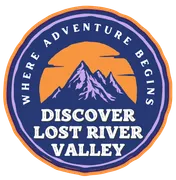Nature Tours
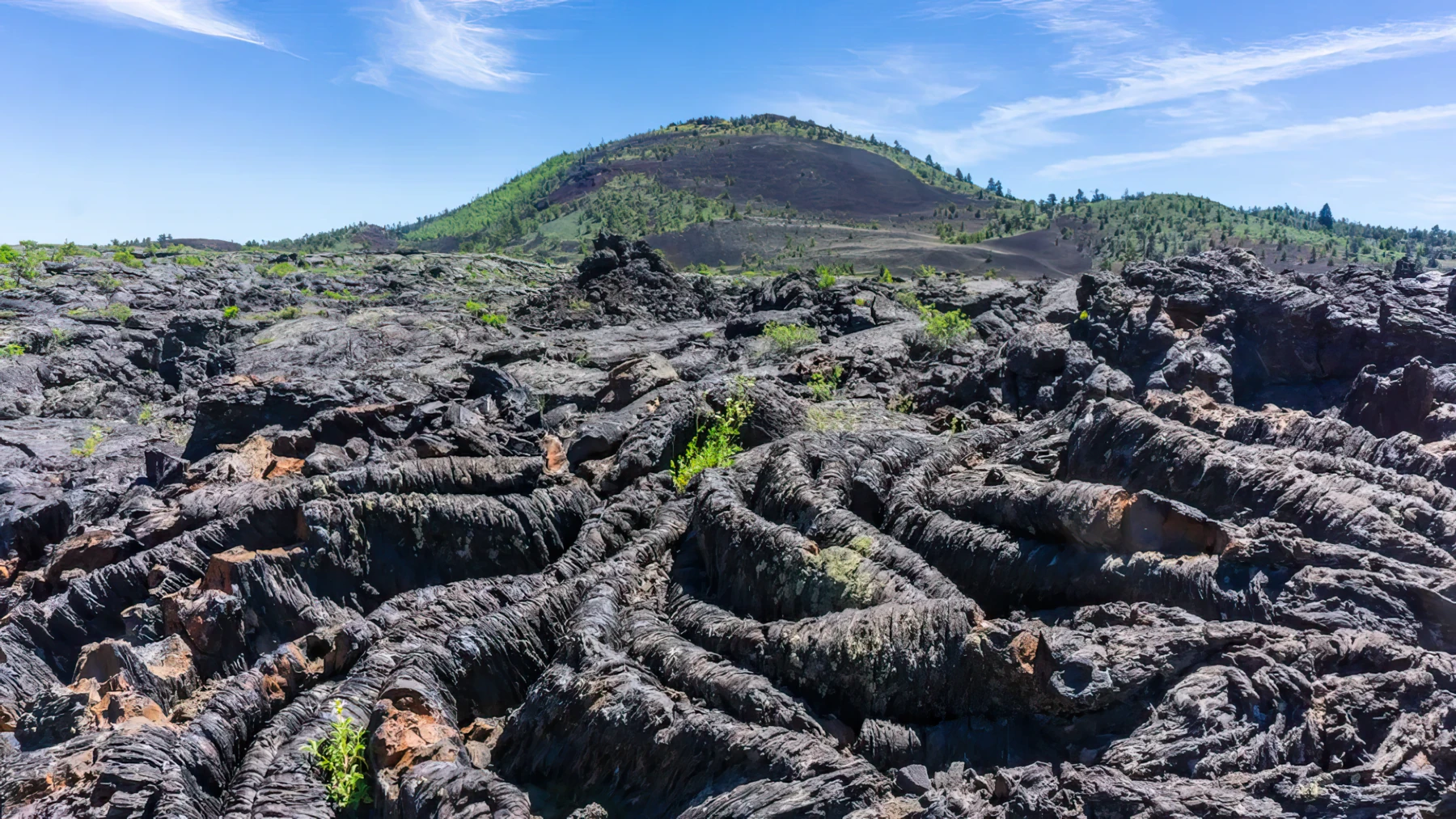
Craters of the Moon National Monument and Preserve
President Coolidge designated the 1,117 square mile Craters of the Moon National Monument and Preserve in 1924 to preserve what he called, “a most unusual, unearthly lunar landscape.” Today, it preserves the unique volcanic landscape characterized by vast lava fields, cinder cones, and lava tubes that resulted from a series of volcanic eruptions when Idaho was on the edge of the Pacific Ocean about 15,000 years ago. The flowing lava created a stark, otherworldly landscape that is now also populated with various unique plants and animals adapted to life in the extremes. Some have said that the ocean of lava flows and cinder cone islands at Craters of the Moon is a "weird and scenic landscape peculiar to itself.” It is, in fact, so unique that Apollo astronauts used the area to learn to detect good rock specimens in an unfamiliar and harsh environment.
Daily, 24-hours
Auto Tours
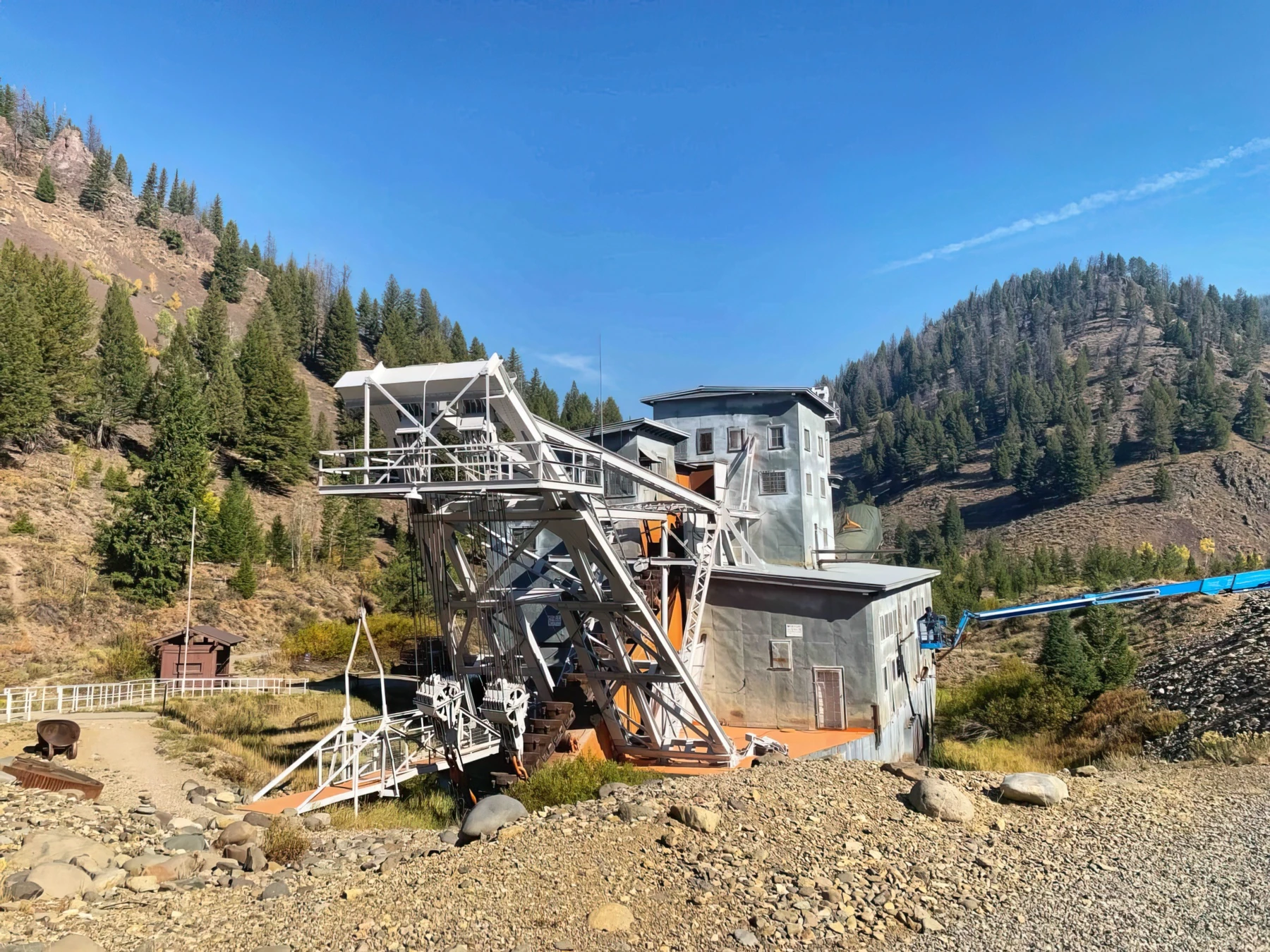
Custer Motorway Adventure Road (Yankee Fork Road)
The Custer Motorway Adventure Road, also known as the Yankee Fork Road, the former stage and freight wagon toll road used by mining supply trains running from Custer and Bonanza to deliver gold bullion to Challis, is now a scenic driving route that follows the historic path of the Custer Motorway, built in 1919 as a route between Challis and Stanley. The 25-mile route offers stunning views of the surrounding mountains, forests, and rivers. It meanders past historic mining towns and buildings, including the ghost town of Custer and the Yankee Fork Gold Dredge. For an authentic Idaho mining town experience, explore this stage and freight wagon toll road. The route is suitable for passenger cars but may be challenging for larger vehicles, and visitors should be aware of potential hazards such as narrow roads and steep drop-offs.
Accessed from Challis on US Highway 93 or from Sunbeam on Idaho State Highway 75.
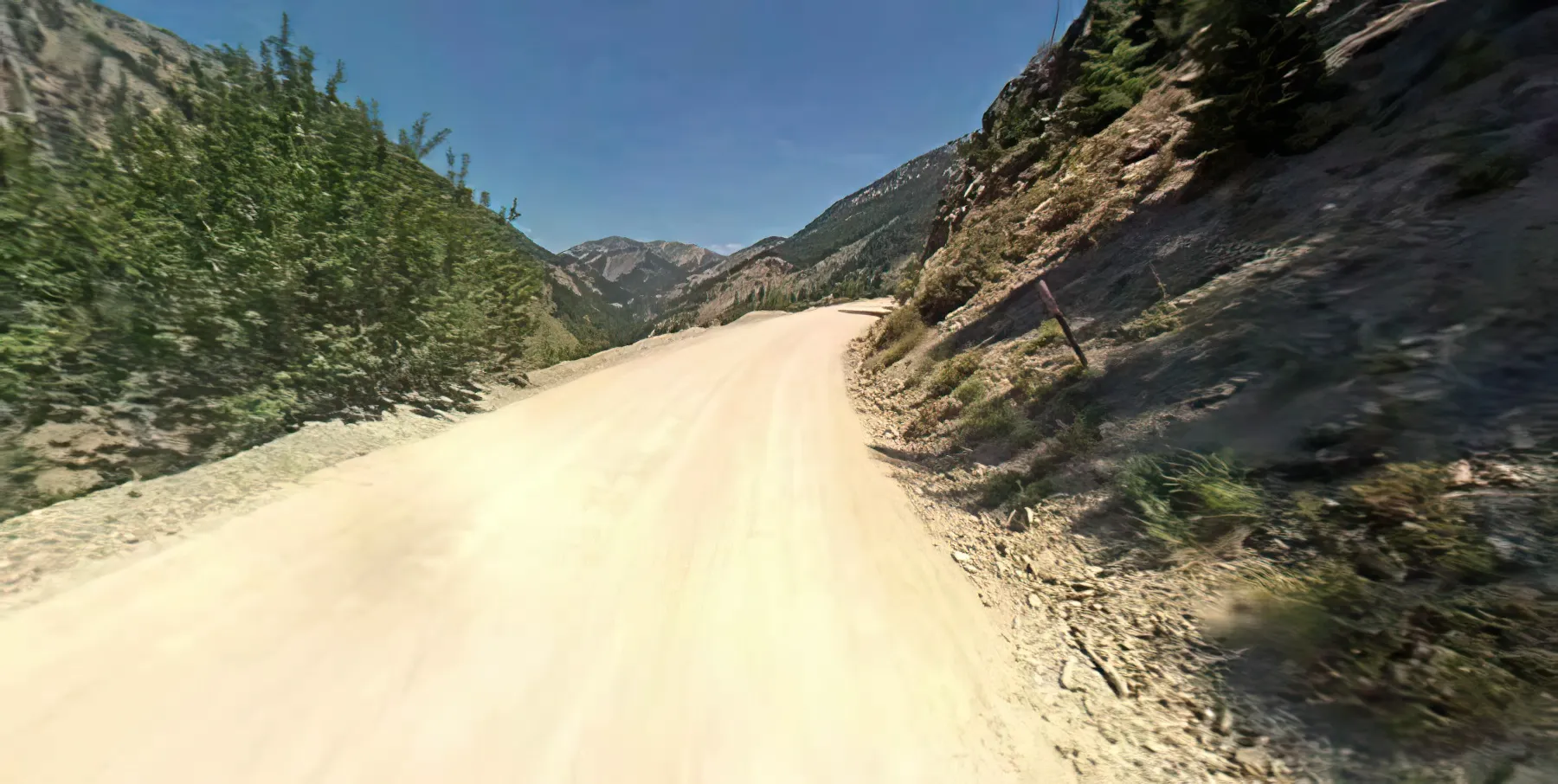
Trail Creek Scenic Drive
The Trail Creek Scenic Drive, which runs between Mackay and Ketchum, connects the Lost River Valley with Sun Valley. The drive winds through the Sawtooth Mountains for about 40 miles through scenic forests, meadows, and mountains, offering spectacular views of the surrounding landscape. There are several hiking, fishing, and wildlife viewing opportunities as the road passes through the Sawtooth National Recreation Area. In fall, when the trees turn golden and red, nature creates a breathtaking display of colors.
Heritage Tours
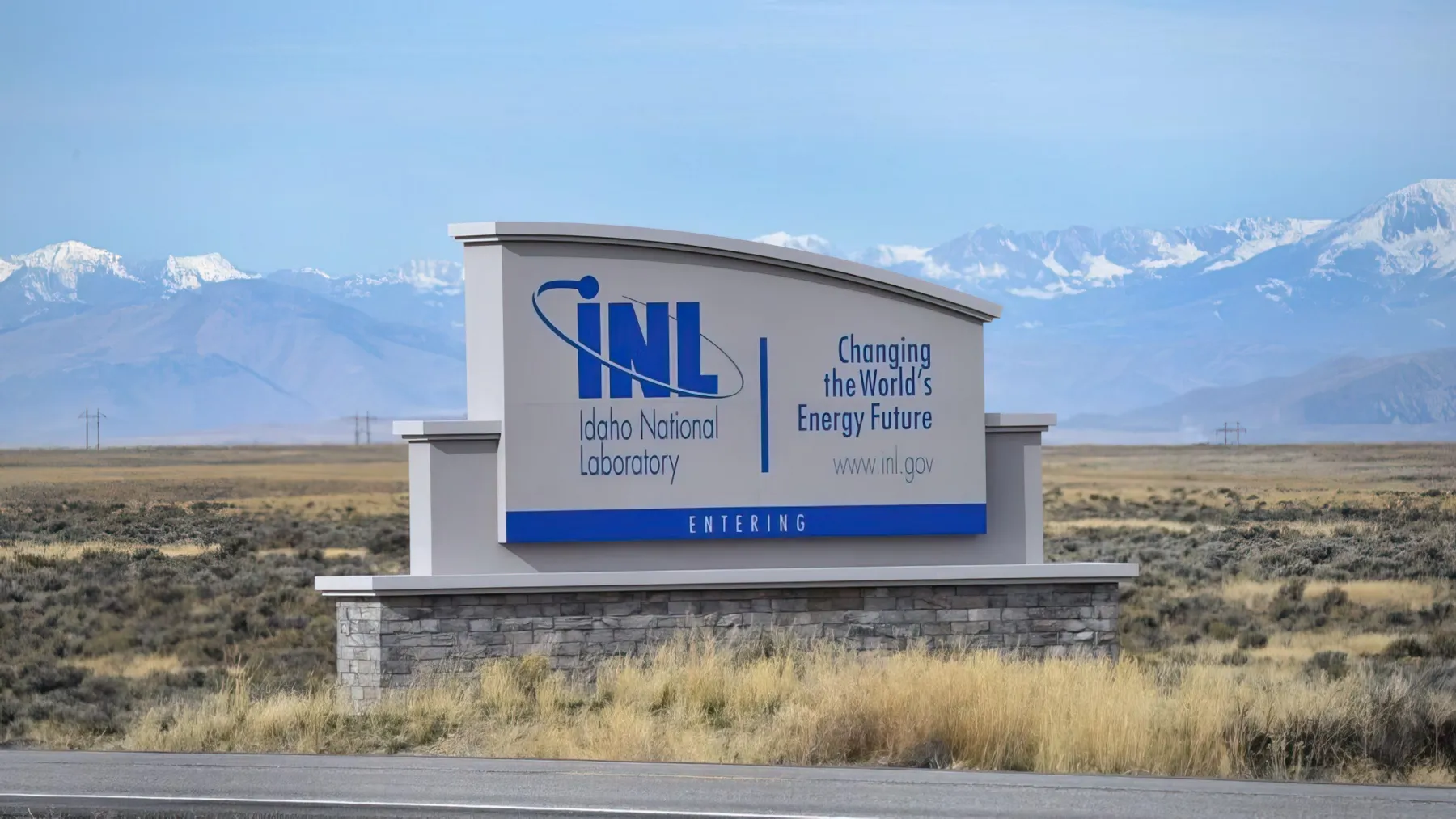
Idaho National Laboratory
The Idaho National Laboratory was established in 1949 as the National Reactor Testing Station and has since grown to become one of the nation's leading nuclear research laboratories. Operated by Battelle Energy Alliance on behalf of the U.S. Department of Energy, its mission is to conduct nuclear energy research, develop advanced energy production and conservation technologies, and support national security and environmental management initiatives. If you’ve never seen a nuclear reactor or how electricity is generated from nuclear energy, you can find the answers on an audio driving tour and a tour of INL. Public tours are limited to individuals 18 and older, as well as small groups.
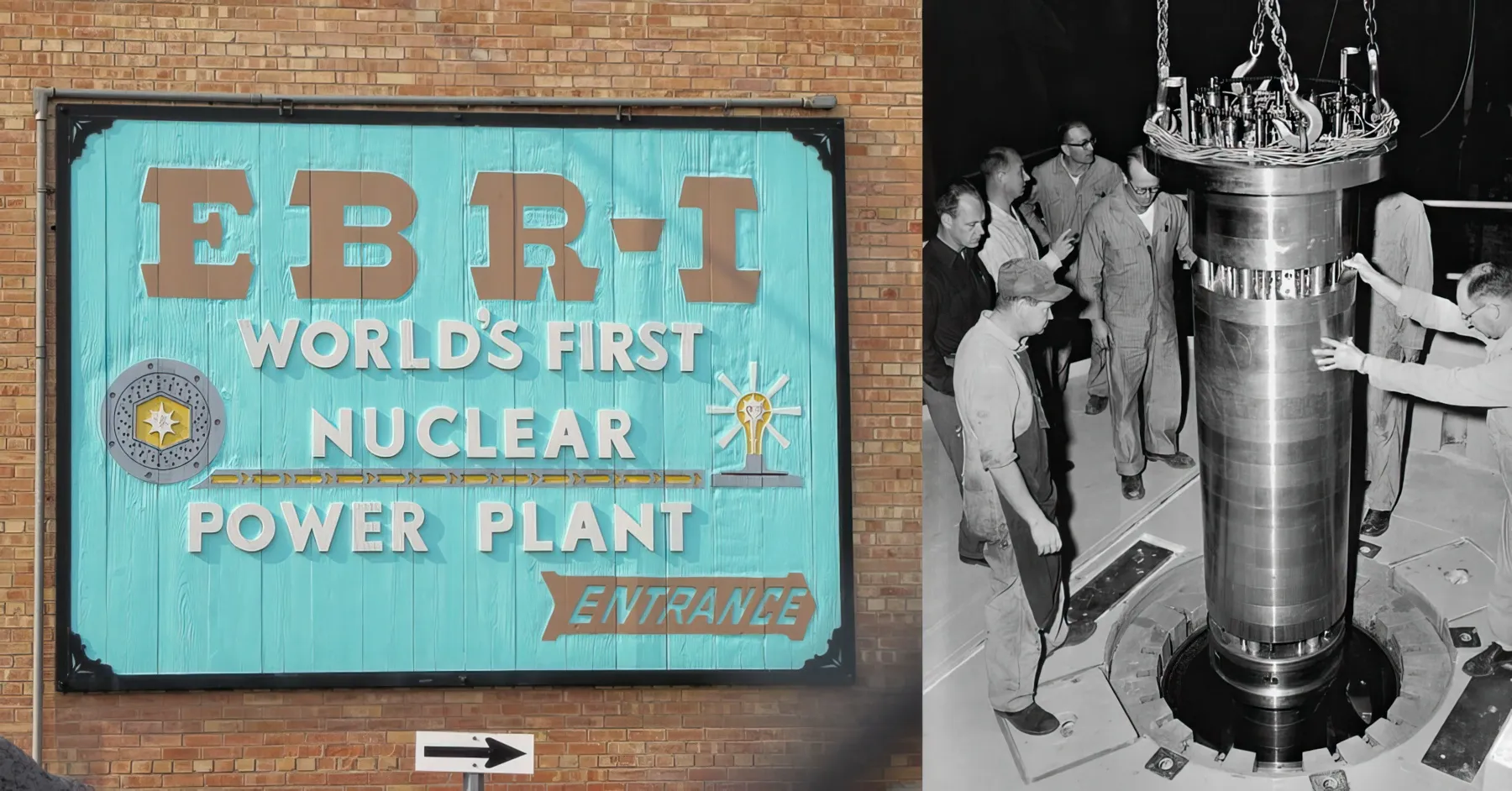
EBR-1 National Historical Landmark and Atomic Museum
After touring the Idaho National Laboratory, visit Experimental Breeder Reactor No. 1 (EBR-I) and Atomic Museum, which tells the story of the world’s first nuclear power plant. Colorful, interactive displays also tell the story of EBR-I’s sibling, Experimental Breeder Reactor No. 2 (EBR-II), which once powered much of the site and operated with a novel closed fuel cycle. The museum also has two aircraft nuclear propulsion prototypes, a reactor control room, remote handling devices for radioactive materials, radiation detection equipment, and more. You can walk through the museum using the self-guided tour instructions or take a guided tour.
Memorial Day Weekend through Labor Day Weekend, Daily, 9AM–5PM
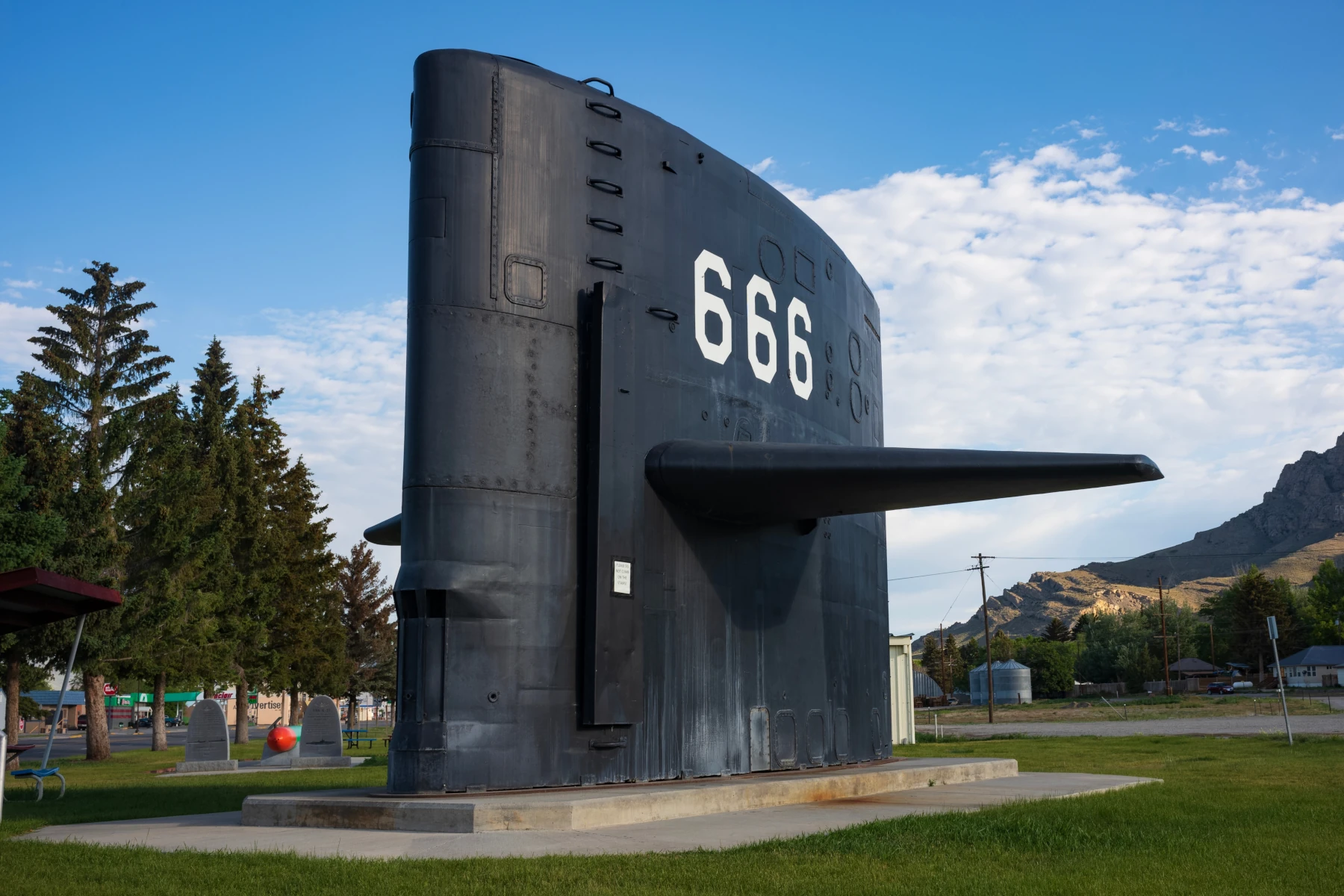
Idaho Science Center and Devil Boat
The so-called Devil Boat, otherwise called the “Submarine in the Desert,” is actually the preserved sail of the submarine USS Hawkbill. The number 666 displayed on the sail was actually her hull number and has no connection to the occult. After being decommissioned in 2000, the monument was placed in the roadside Idaho Science Center to honor Arco’s long association with the Navy and the nuclear fleet in particular. Two small museums on the site feature Navy involvement in the area and artifacts related to scientific research.
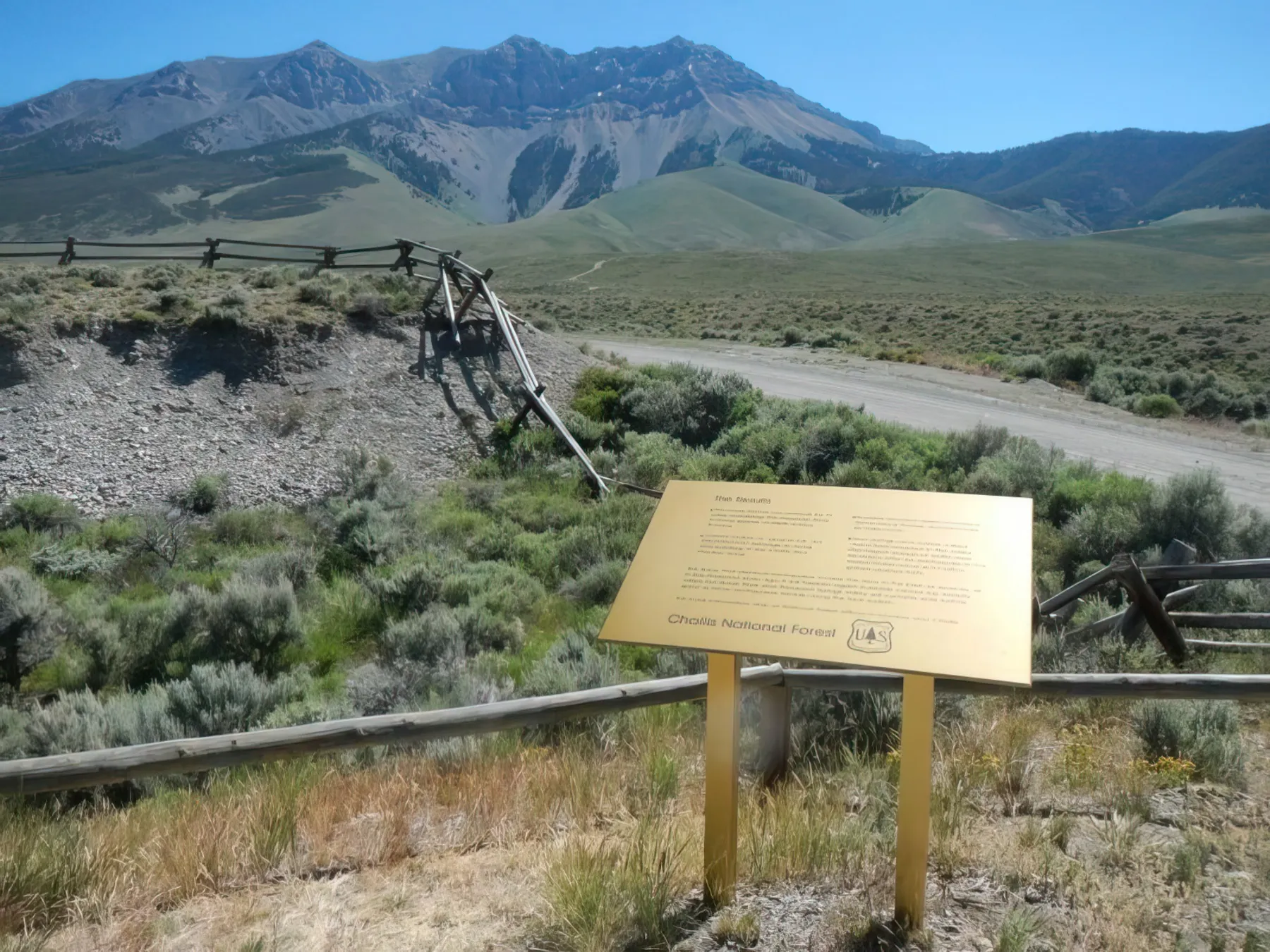
Earthquake Interpretive Site
In 1983, a 6.9 earthquake, the most powerful within the United States in over 20 years, hit the Borah Peak area, causing significant damage to the surrounding region. Outdoor exhibits and interpretive panels illustrate the fault line that caused the earthquake, a replica of the summit of Borah Peak, the epicenter of the earthquake), other features of the landscape that were affected by the quake, along with the history and geology of the area, the history of earthquakes in the region, and the effects of the 1983 earthquake.
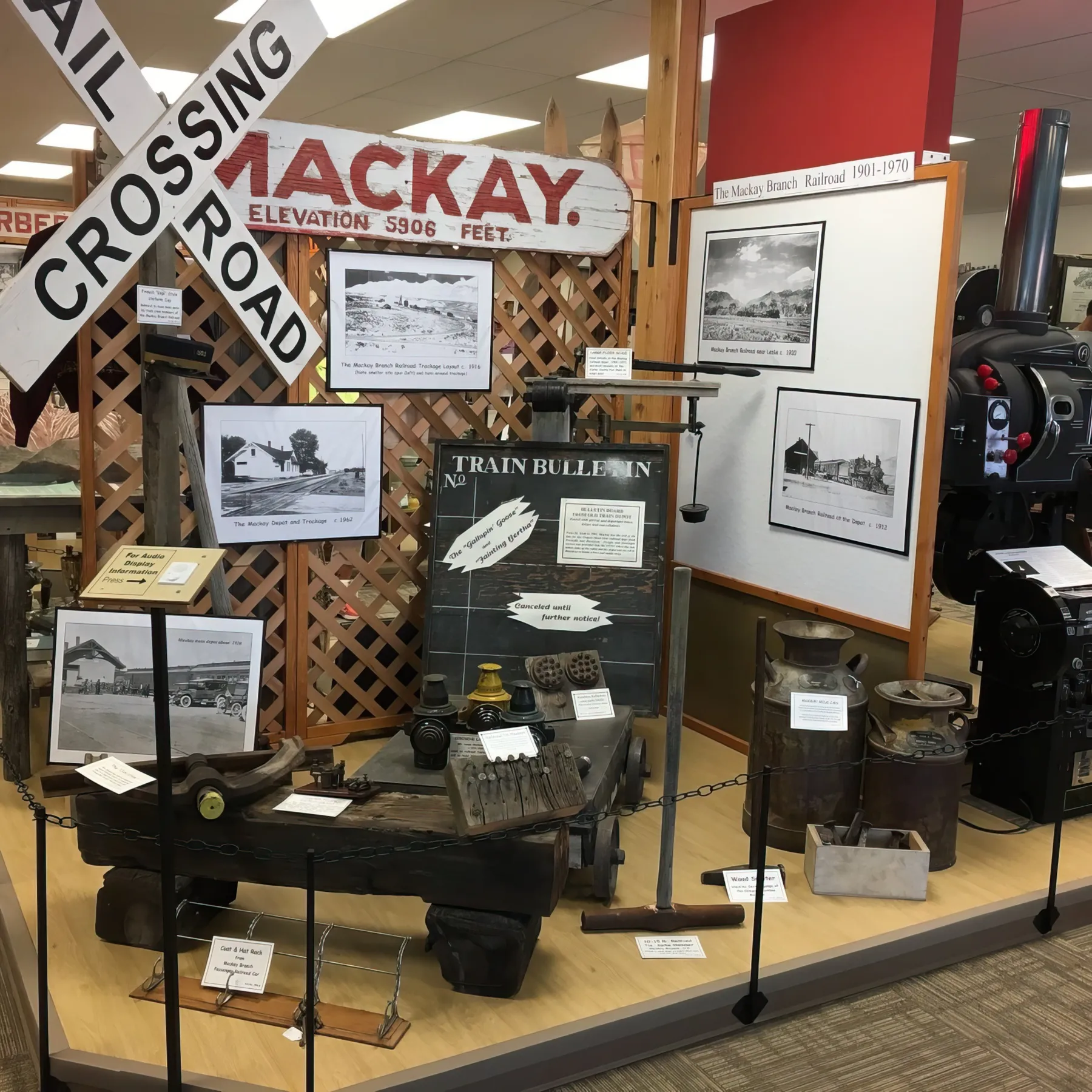
Lost River Museum
Operated by the South Custer County Historical Society, the Lost River Museum showcases a variety of artifacts, including mining tools, ranching equipment, vintage clothing, household utensils, railroad memorabilia, theater memorabilia, local moonshiners, and historical photographs illustrating life in the past. It is highly recommended for any Western History buffs.
Fri-Sat 11AM-4PM May-Sept, Donations Welcome
